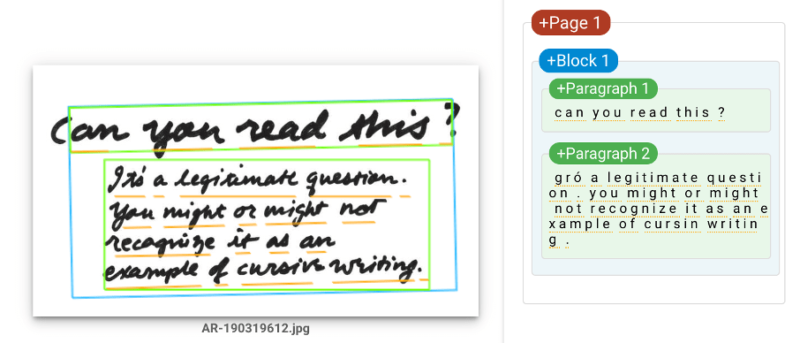
Adjust the fuzziness until all you can see in the preview is your writing (for me, I made sure no loose leaf lines were visible).

If you didn’t use loose leaf paper, you can probably skip this step-but you’ll still need to do this if you want the image to have a transparent background! Go to Select > Color Range and click on the writing in your image. Remove the background using the color range tool and a mask.(If you used a colored marker instead of black, move the black slider to the farthest point of the black hill to intensify that, too.) You should see your image shift from a photo to a crisp image that looks like you scanned it! This will flatten all of the white in the image to be pure white, instead of giving shades of gray. (Pictures of handwriting usually have way more white.) Your goal is to bring the right-most slider to the beginning of the “hill” on the right side of the graph.

A “hill” on the left shows how much black is in the image while a hill on the right shows how much white is in the image. You should see a graph of the light in the image. Click command + L (ctrl + L on a PC) or go to Image > Adjustments > Levels. First step: Let’s make this image look like we scanned it.

Then, take a simple photo with your phone and open it in Photoshop. Plain white paper is best, but anything will work. You can use whatever drawing tool you want: paint, pen, crayon, marker, etc. I used a normal black sharpie on a piece of loose leaf paper.


 0 kommentar(er)
0 kommentar(er)
